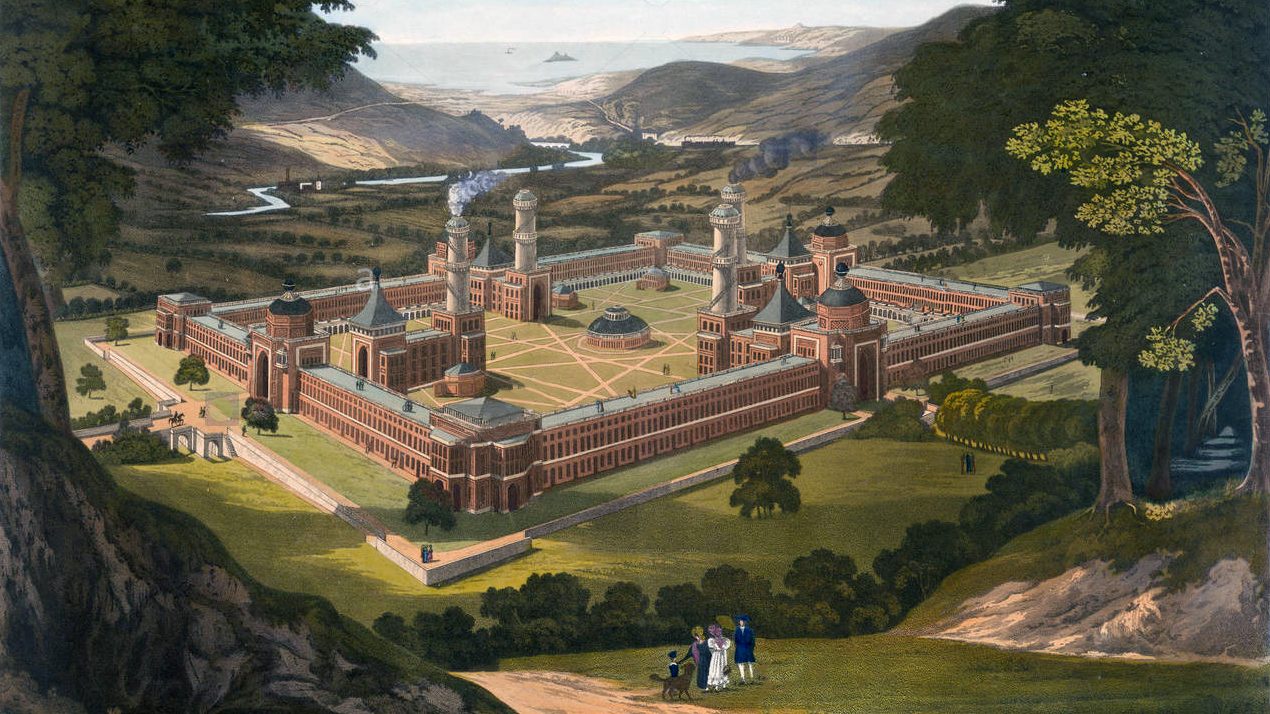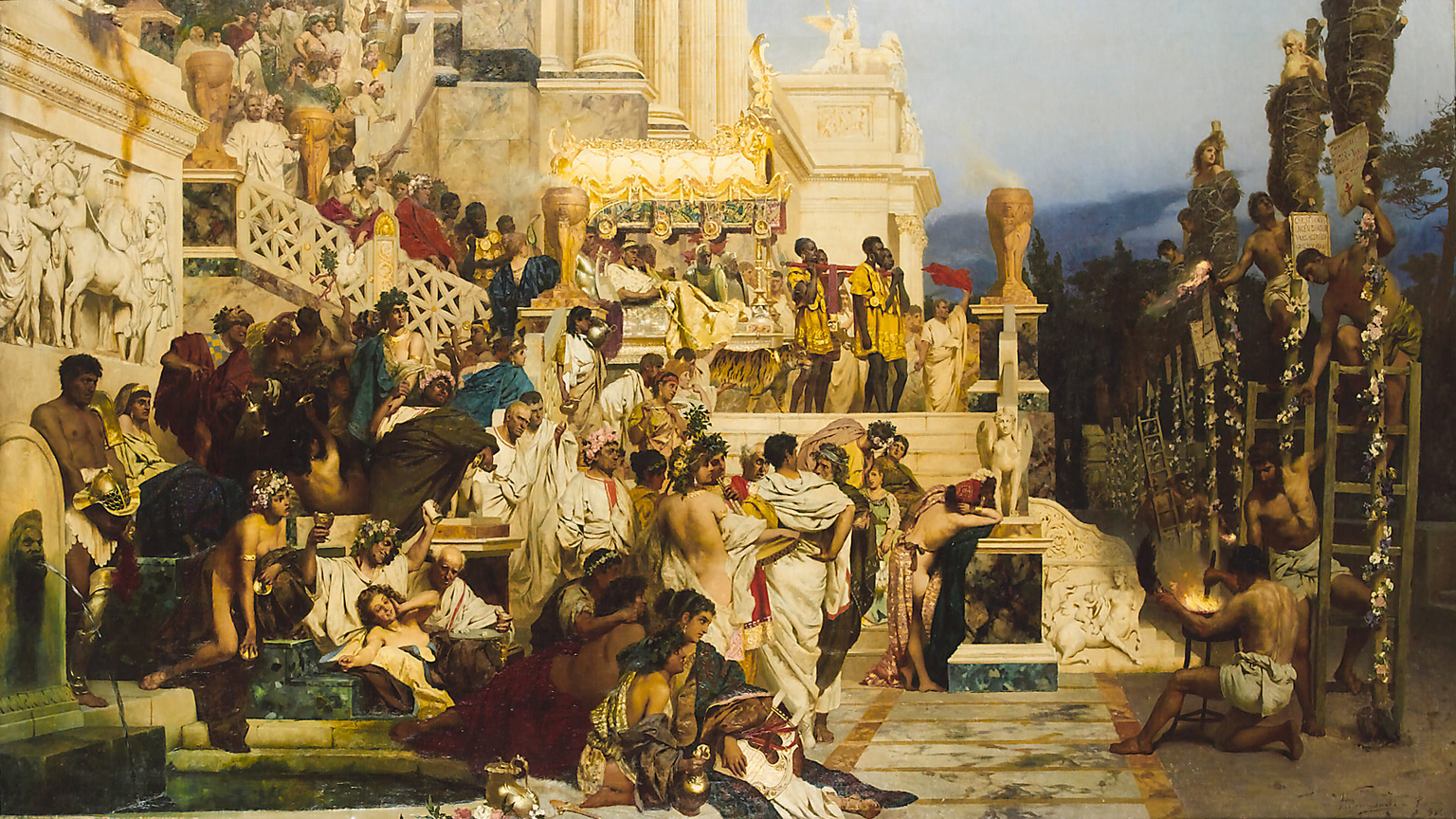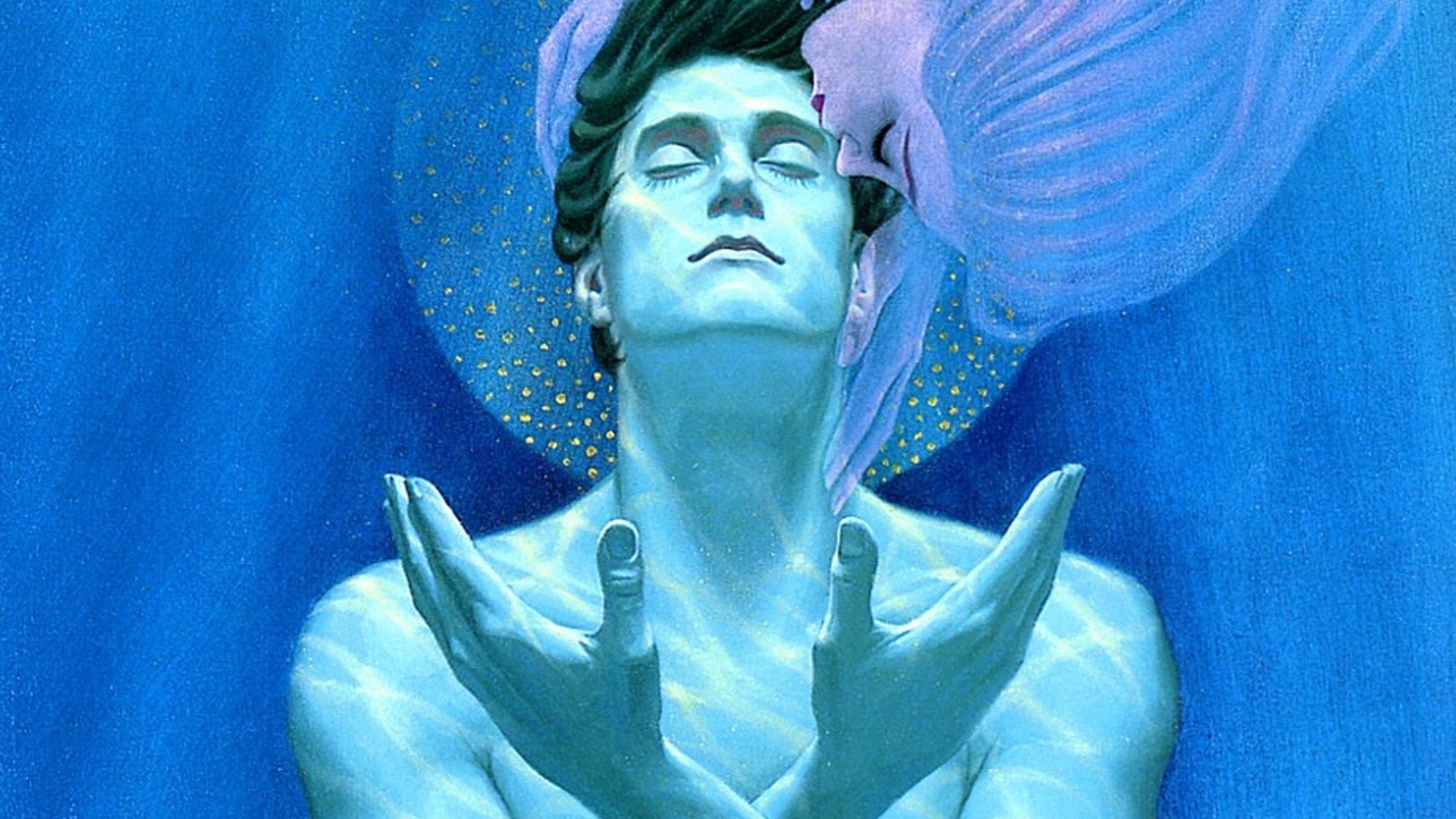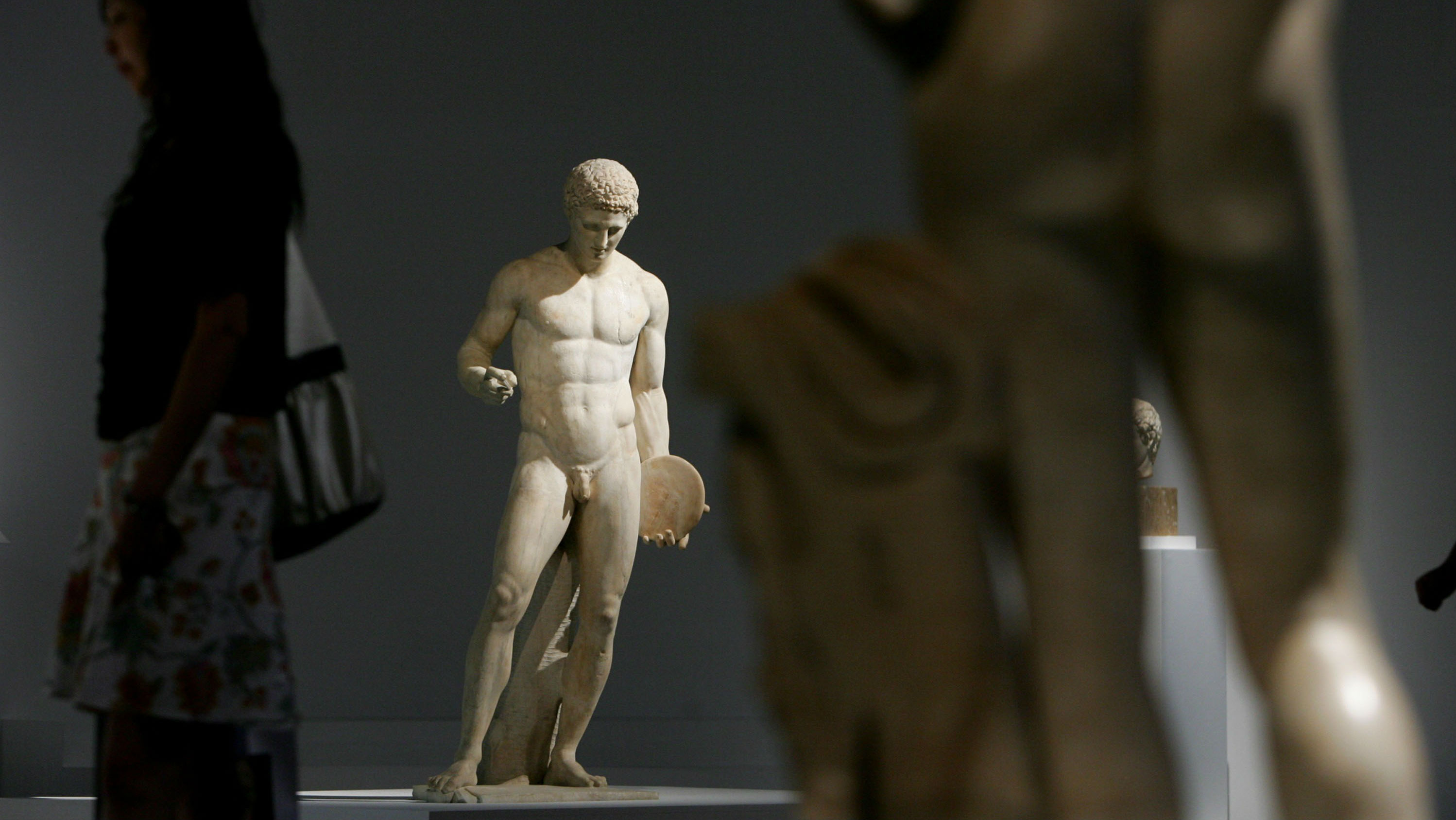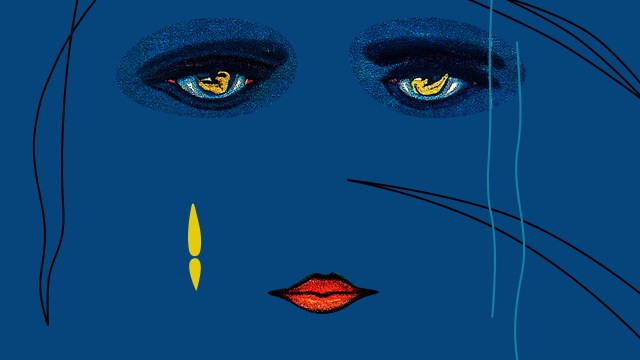5 sci-fi utopias that will seduce you (and likely freak you out)
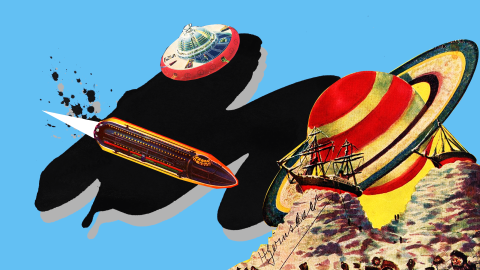
- Science fiction novels often analyze the nature (and, in particular, shortcomings) of real-life societies.
- The genre includes utopias created by the greatest authors in the field.
- But some visions of a perfect world, whether here or beyond the stars, have glaring flaws.
Science fiction and fantasy are often used to examine the world we live in, so it’s no wonder that the genres have delivered more than their fair share of utopian literature. However, not every allegedly perfect place is as perfect as it seems, even if the technology is (to paraphrase Arthur C. Clarke) indistinguishable from magic. Here are five engrossing sci-fi and fantasy novels exploring worlds you might or might not want to live in.
The Blazing World by Margaret Cavendish
The Blazing World is the work of Duchess Margaret Cavendish, and it’s the only utopian novel of the 17th century written by a woman. A poet, scientist, and philosopher, she was the first woman to attend a meeting of the Royal Society, where she interacted with thinkers like Thomas Hobbes and Rene Descartes.
The novel, often considered a forerunner of the sci-fi genre, follows a fantastic journey through the North Pole to a surreal realm populated by vibrantly colored talking animals and spirits. The traveler, a young woman, becomes Empress on account of her feminine virtues and intellect.
The world she rules is rich, and the fantasy creatures inhabiting it have specialized in their work. Science, architecture, and philosophy are all very advanced. As the Empress knows more, her subjects are eager to be lectured. Social divisions have been eliminated, and the world enjoys unity. The country is also secure from foreign invasion for many reasons, not least of which is its beautiful and labyrinthine geography.
Some of the Empress’s advisors know about events on Earth. When she requests a scribe, they explain why many famous male intellectuals of the age would never agree to work for her, before they suggest…a certain Margaret Cavendish.
However…
The Blazing World employs an absolute monarchy similar to that proposed by Hobbes in Leviathan. While this monarchy isn’t totalitarian, it will not tolerate any competition to its power. When differences of opinion at a scientific academy arise, the Empress closes it.
Governors and priests are selected from the imperial house and are castrated before entering public service. Her subjects are “allowed” one religion and language. Before the Empress showed up, women could not attend church services. While most of the animal people are highly intelligent and skilled, the lice-men and parrot-men are banished from the palace after showing the Empress their poor craftsmanship.
Cavendish is unconcerned with critiques. She encourages the reader who would not enjoy her rule to “create Worlds of their own, and Govern themselves as they please.” In what seems like a second meta-fictional turn, the in-story Margaret Cavendish also encourages the Empress to imagine better worlds than the one she rules.
A Modern Utopia by H.G. Wells
The first of several utopian works by H.G. Wells, who is known as one of the founders of the science fiction genre, A Modern Utopia focuses more directly on social issues than some of his other works. Committed to socialism in real life, Wells was always interested in the social ramifications of his science fiction ideas. Many of his novels, well known for their fantastic plot lines, are just as focused on social problems as on Martian Tripods.
On a distant planet exactly like Earth, two men walking through the Alps are given a glimpse into a future utopia. This future world, a single state ruled by a voluntary nobility named the “Samurai,” is much improved. The world shares a single language, currency, legal system, and government, making travel and interaction with other parts of the world very easy. Men and women have achieved equality and racism has been destroyed. The citizens of the world state have largely become vegetarian, though some fish is still eaten. Most, if not all, labor has been automated, and the economy, which is largely owned by the state, has been rationalized.
Those who dislike this utopia can be exiled to various islands where they can live with others like them. These individuals are even free to recreate long-vanished institutions.
However…
While the Samurai order is well disciplined — required to spend reflective time in nature, and prohibited from consuming drugs or alcohol — it is an undemocratic oligarchy. The state classifies people based on their mental abilities in a way that would shock most modern readers.
Women have the same freedoms as men, but they still tend to marry well before men do. If the marriage does not produce children, it “expires.” Homosexuality is not mentioned. It is also implied that most cats, dogs, and other animals have been killed off to reduce the risk of zoonotic disease.
The idea of exiling those who dislike the utopia was taken wholesale by Aldous Huxley in Brave New World. However, Huxley presents it as an oppressive, if humane, tool of totalitarianism rather than a charitable act. Other authors have criticized the novel for depicting high levels of conformity, a limited view of freedom, and high levels of social engineering.
The Giver by Lois Lowery
The first book in “The Giver Quartet” by Lois Lowry, The Giver is a brilliant deconstruction of the utopian genre, intended for a young adult audience. Widely praised, it is also frequently banned, coming in at 61st on the list of the 100 most banned and challenged books in America for 2010-2019.
The Giver tells the story of Jonas, a 12-year-old who lives in an isolated “Community.” The population enjoys the comfortable, peaceful, harmonious life of an idyllic small town. Citizens are assigned jobs that suit their personalities as closely as possible. Families are similarly geared toward compatibility. Even the weather has been tamed, with rain coming only at night. Families share their feelings and help each other work through them. War is a distant memory.
The community’s leaders often turn to the titular character, entrusted with memories of the distant past, for council. Through an unexplored mechanism, he is the sole keeper of these memories and can psychically transfer them to his successor.
However…
The Giver is most commonly described as a dystopian work. While the community appears utopian initially, its less than ideal traits slowly roll out throughout the novel. (If you want to avoid spoilers, skip this part.)
The harmony of the Community is backed by the policy of “sameness.” The population is genetically engineered to be as homogeneous as possible and completely colorblind. Jonas doesn’t initially know this and is disturbed when he sees the color red for the first time. The use of imprecise language is punished with physical violence. A combination of drugs and conditioning leaves the population emotionally shallow, unable to feel much beyond contentment. Ideas of music, death, and love have been removed from the consciousness of even the leaders.
Life choices are made for the population, who are unaware of the possibility of alternatives. It is implied that everyone is spied on constantly. Friendly reminders on proper behavior from omnipresent loudspeakers tend to relate to something somebody is currently doing.
For Us, The Living by Robert A. Heinlein
A posthumously published novel by Robert A. Heinlein, For Us, The Living examines the United States in 2086 as viewed by a man who mysteriously returns from the dead after his demise in 1939. Heinlein would later explore many of the themes laid out here, such as personal liberty, free love, time travel, and the use of technology.
American society in 2086 is based around an economic system of “social credit.” In addition to providing a basic income to all citizens, the system has also solved inflation and unemployment. People are free to work or not work as they like. Many people choose to work, and the standard of living is quite high. The benefits of social credit mean that most people are free to pursue self-development as they see fit. Because of this economic philosophy, the government, while performing certain services, is glad to be well out of people’s way.
Privacy is considered a sacred right. Those who commit crimes are sentenced to psychological care if they accept it. Education has improved to the point where many characters can discuss advanced topics like engineering, despite claiming to know little about it. Wars require referendums, which have yet to return a yes vote. The taboo against nudity is long gone.
However…
While the people of 2086 are clever, few seem curious about how a man could return from the dead. It is stated that the mentally ill are not allowed to reproduce and the only alternative to mental health care for criminals is exile, on which the courts refuse to elaborate. While men and women are quite equal in this society, some of the ideas put forward by psychologists will strike the modern reader as sexist.
Economists and bankers have long moved past the social credit movement and the theories it rests on. So while it works well in the story, many of the economic ideas Heinlein advances are dubious at best.
The Dispossessed by Ursula K. Le Guin
Part of “The Hainish Cycle,” The Dispossessed explores an anarcho-syndicalist society set on the moon of Anarres. When a physicist from the anarchist moon visits a capitalist nation on the planet Urras, what follows is an examination of things many of us living in state societies take for granted.
Roughly half the book takes place on Anarres — home to the Anarresti, who call themselves Odonians. Their society, created by anarchist exiles, has existed for centuries without a state. Their economy is coordinated by a central committee but is highly democratized. Work that does not serve a social function has been largely phased out. Currency is replaced by mutual aid and a rejection of the idea of possessing, rather than merely using, objects.
While most mature relationships are stable and monogamous, the society practices an approximation of free love. Their philosophy, a vaguely Taoist system called Odonism, provides a metaphysical framework for their lives and creates a deeper attachment to the ideals than a political theory alone could. Gender roles have been done away with, and prisons have long been abolished.
However…
The book is subtitled An Ambiguous Utopia. The ambiguity Le Guin refers to is easy to find. While the anarchists consider themselves to be a free and self-owning people, they acknowledge the fact that their society is tolerated as long as it produces mining products for their neighbors. Despite their society not recognizing private ownership, greed has yet to be abolished, and some individuals take more than their fair share.
Gender roles are gone, but sexism endures at the personal level. There is no state, but there is a bureaucracy, and managers can still act like petty tyrants. Subtle power structures prove just as inhibiting to the characters as any tyrannical state would. During a famine, the anarchists behave just as desperately as anybody else.
Any person given the cold shoulder by the community feels especially rejected, as they place such high value on being part of it. While their language has replaced the terms “work” and “play” with more interchangeable ones, the need for a term for “drudgery” remains. Families separated by distant workstations are common. In one case, this leads to considerable resentment between a man and his mother.
